We have learned ~ため(に) to express a purpose before but today’s ~ため(に) is for describing a reason or cause. Check out examples here.
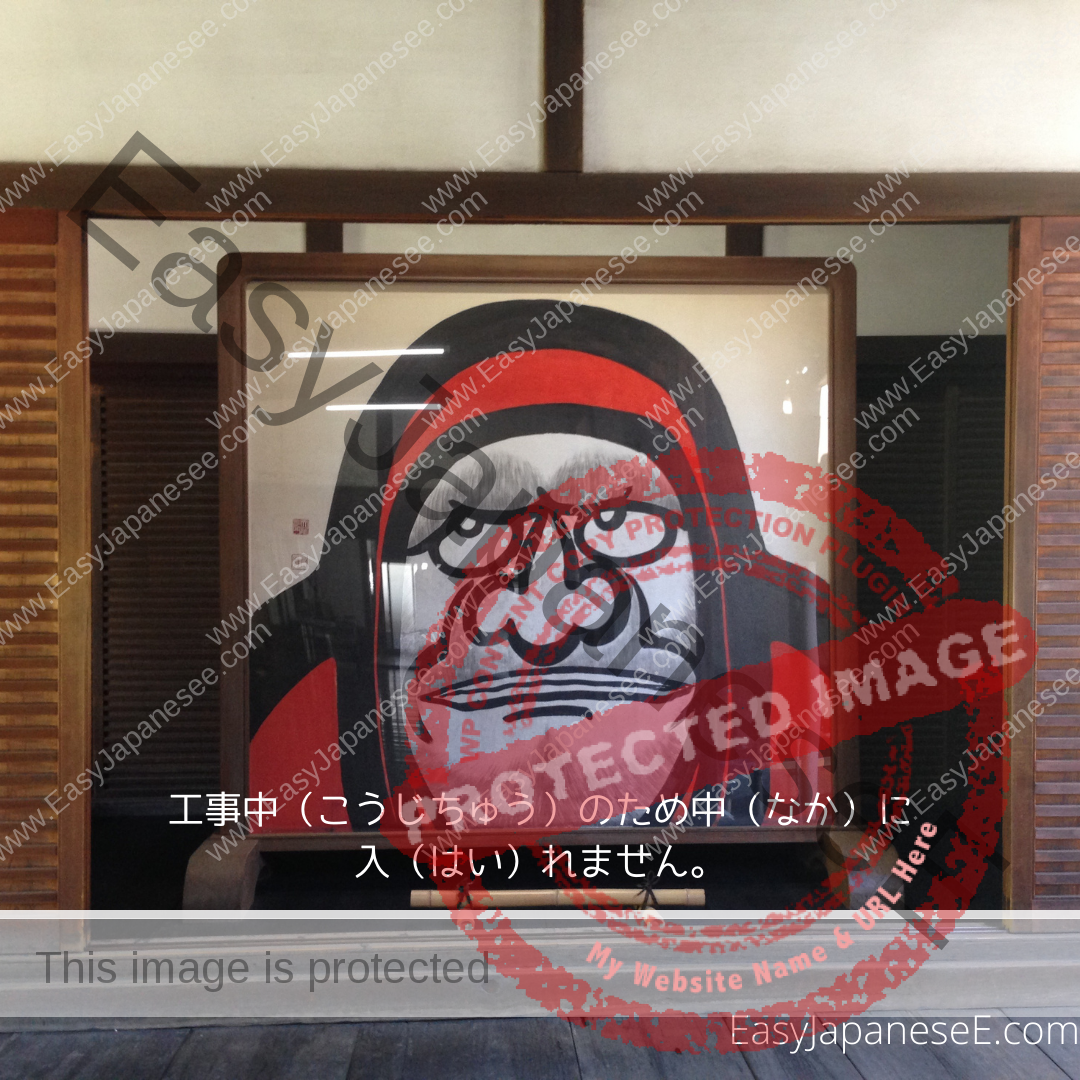

We have learned ~ため(に) to express a purpose before but today’s ~ため(に) is for describing a reason or cause. Check out examples here.

~たまえ is a rather old fashioned expression used for a request. I hear ~たまえ used in prayers often but I don’t hear it in everyday conversations very often.
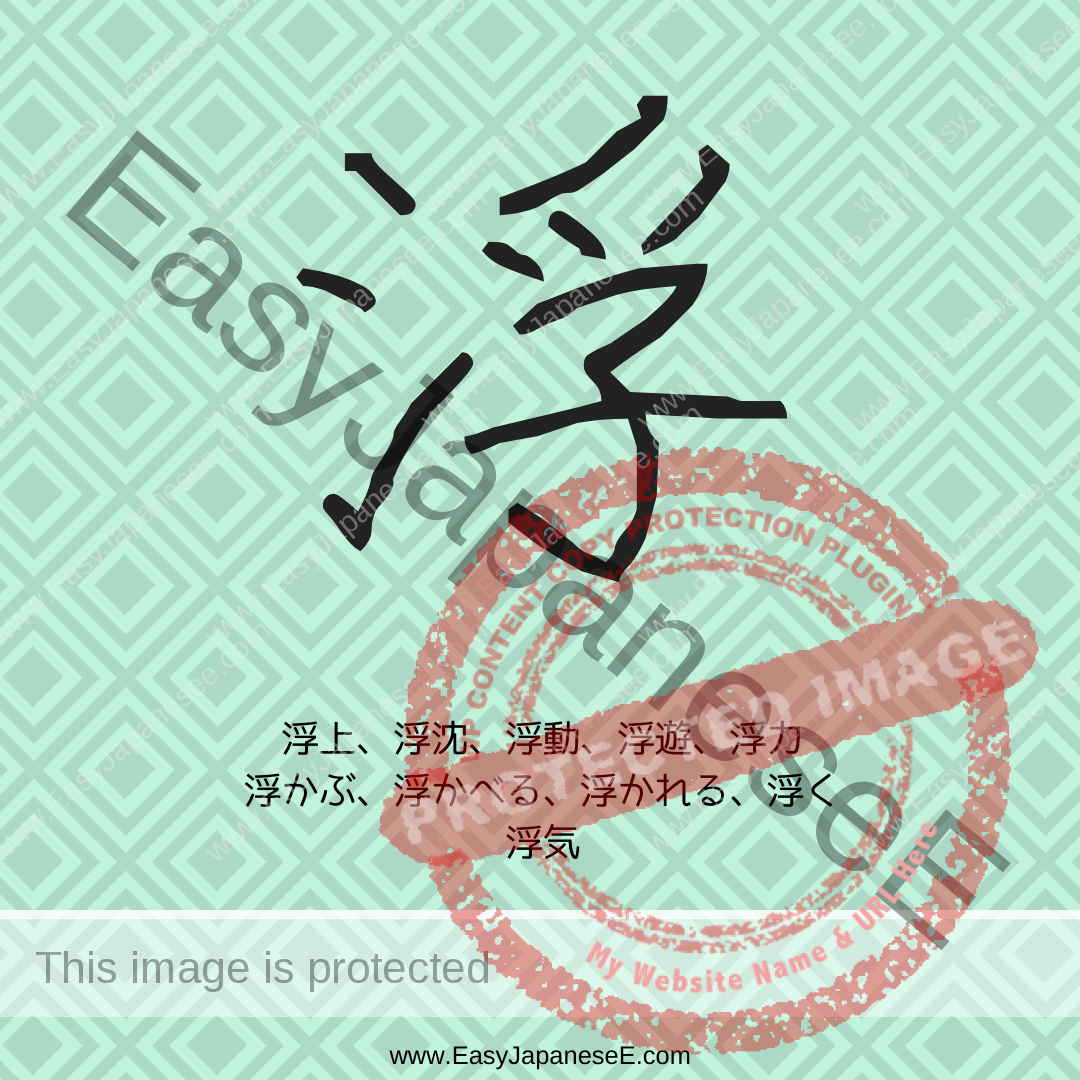
Today’s #kanji is 浮, which is listed under its semantic element of #さんずいへん(氵). Its phonetic element is 孚. 孚 is not listed in the everyday use kanji.
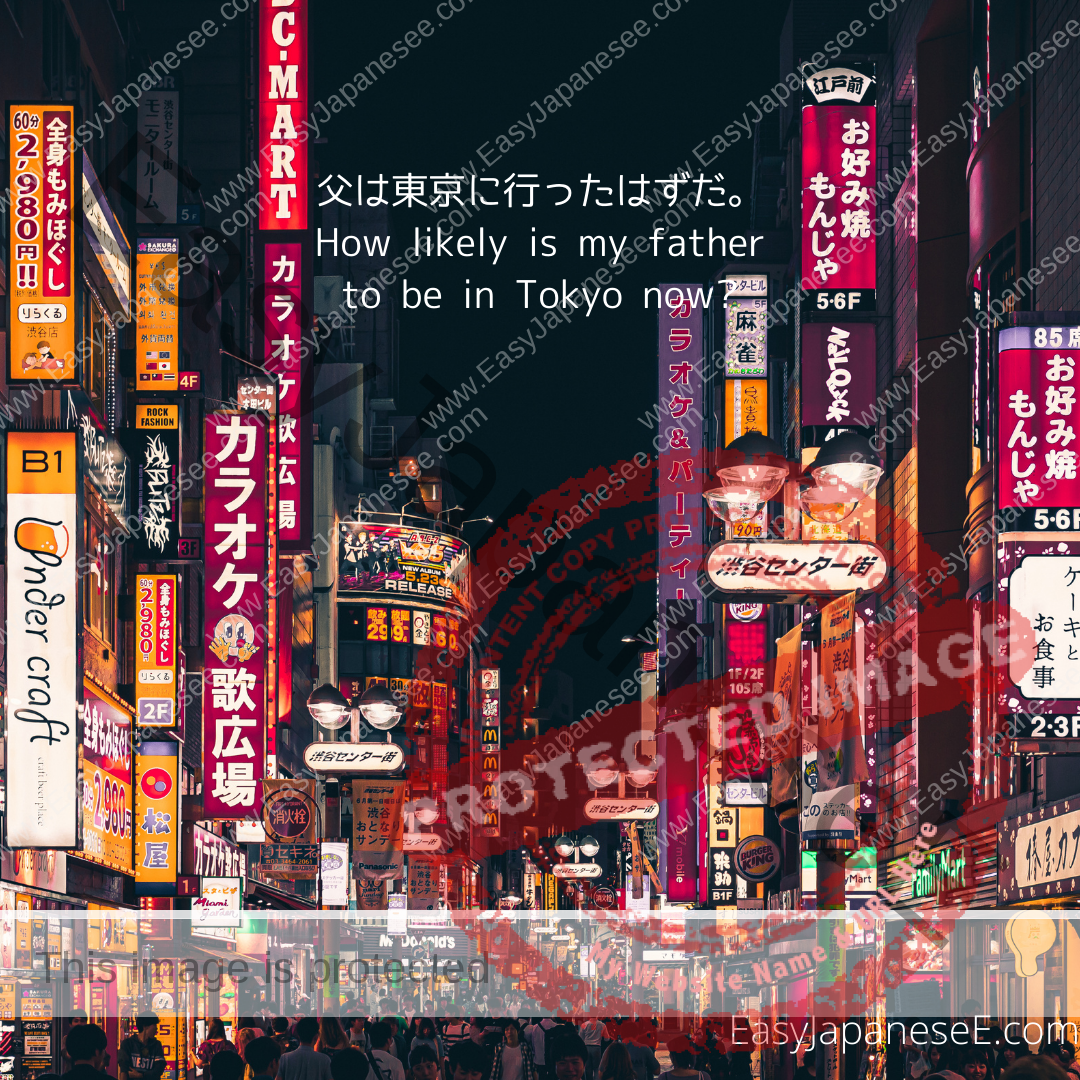
~たはず describes an action which should have taken place but actually didn’t and ~たはず often implies the speakers surprise or regret.
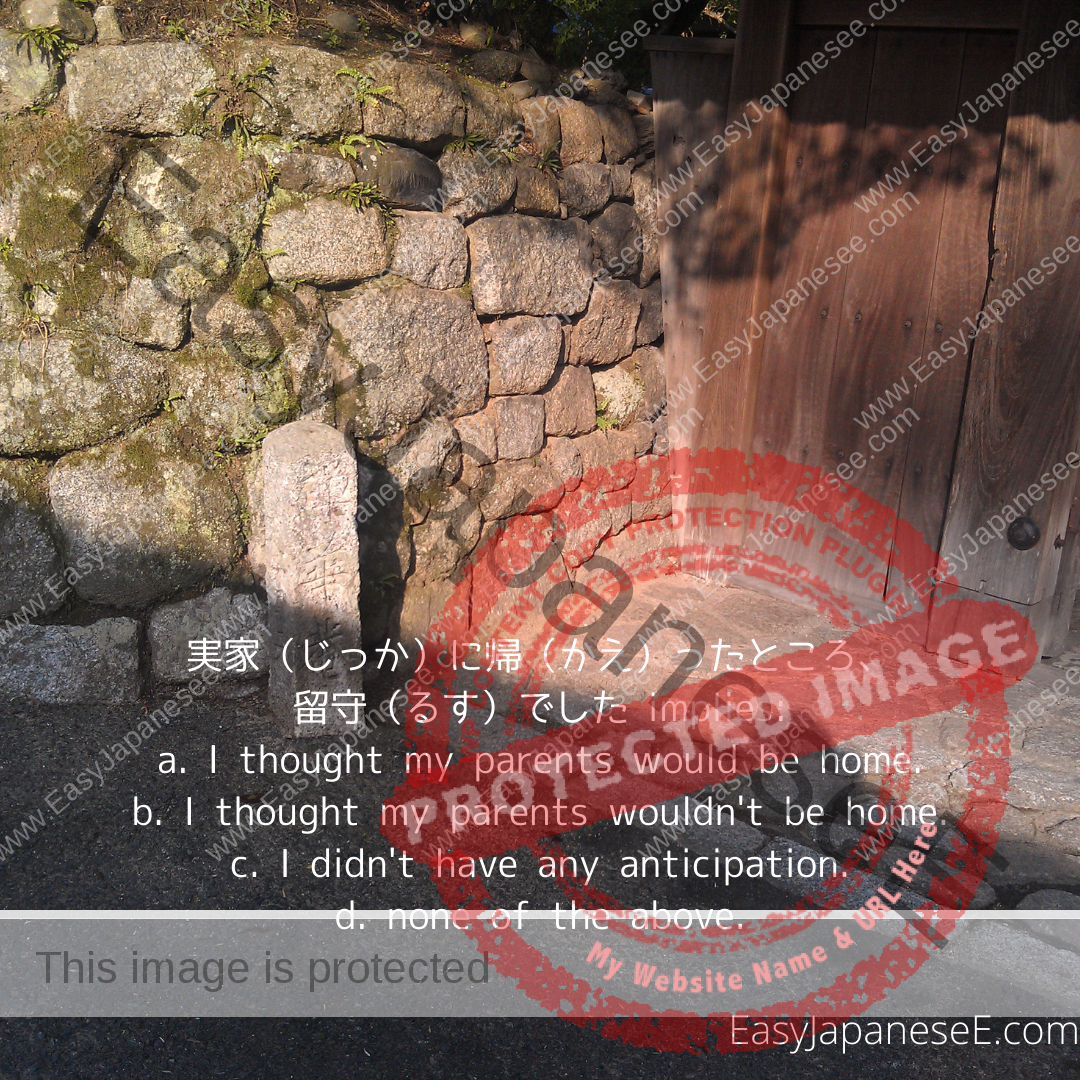
~たところ is an expression used to specify a time/occasion in the past when the speaker discovered something unexpected or contradictory to their anticipation.
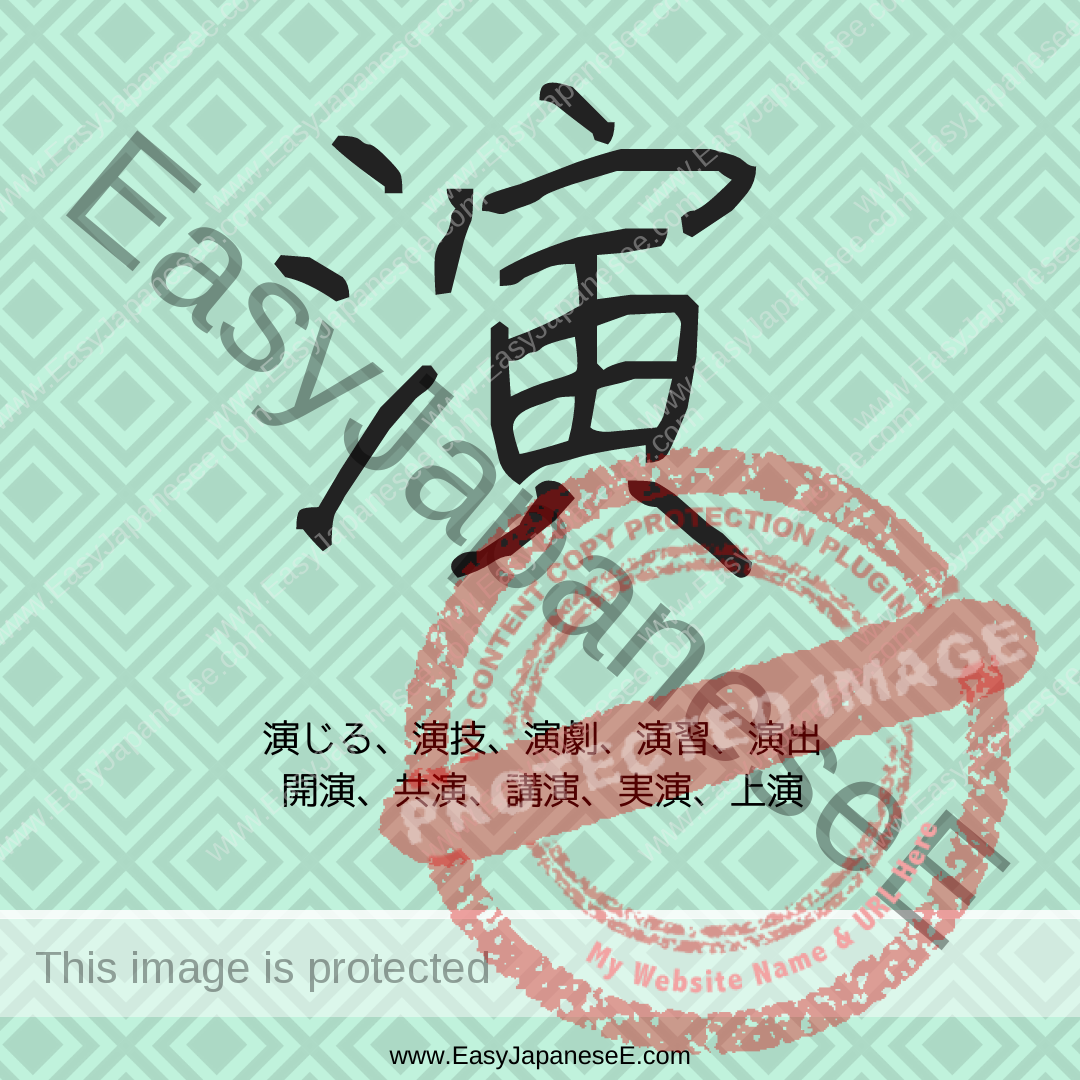
Today’s #kanji is 演, which is listed under its semantic element of #さんずいへん(氵). Its phonetic element is 寅 although 演 and 寅 do not share a sound.

つもり means an “intention”, but if つもり is used with a past tense verb, ~たつもり can express an assumption or conviction which may not necessarily true or real.
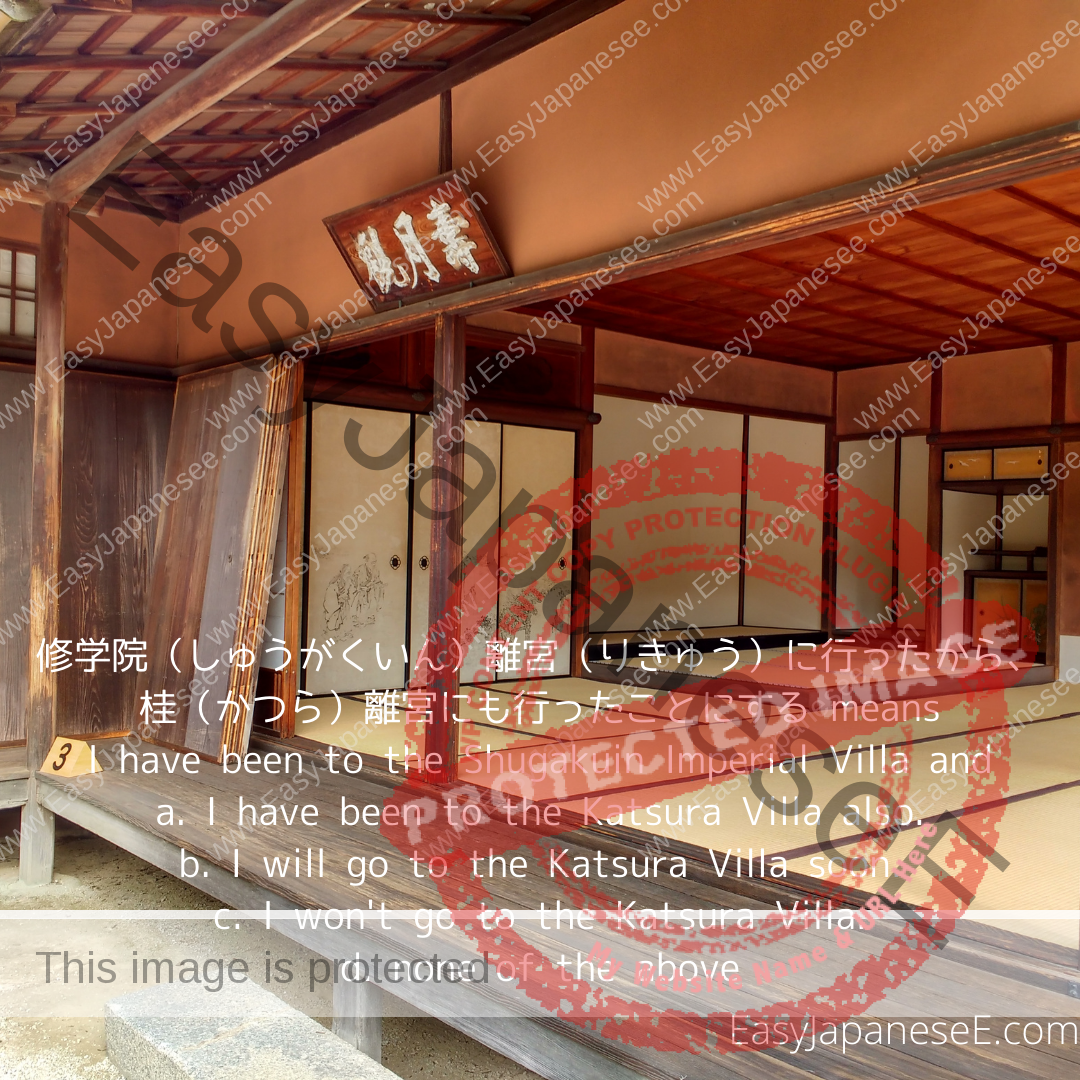
~たことにする a pattern used to intentionally make a false statement about something in the past: “not actually ~ but I will pretend ~.”

Today’s #kanji is 付, which is listed under the radical of #にんべん(亻). It is a compound ideograph made of a person (亻) and 寸.
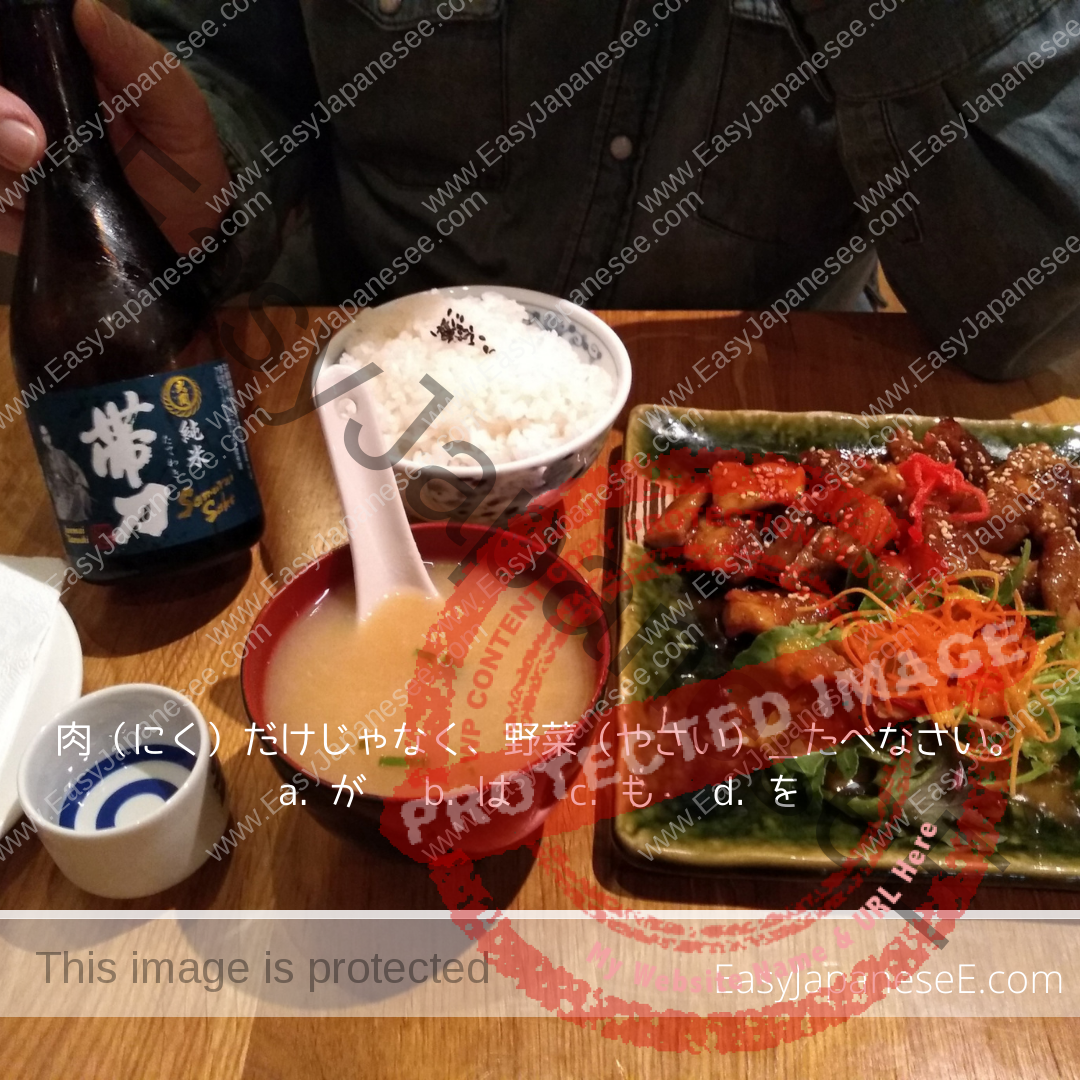
~だけじゃなく (casual) / ~だけでなく (formal) means “not only ~” so inevitably a “but also” part which is indicated with the particle も follows.
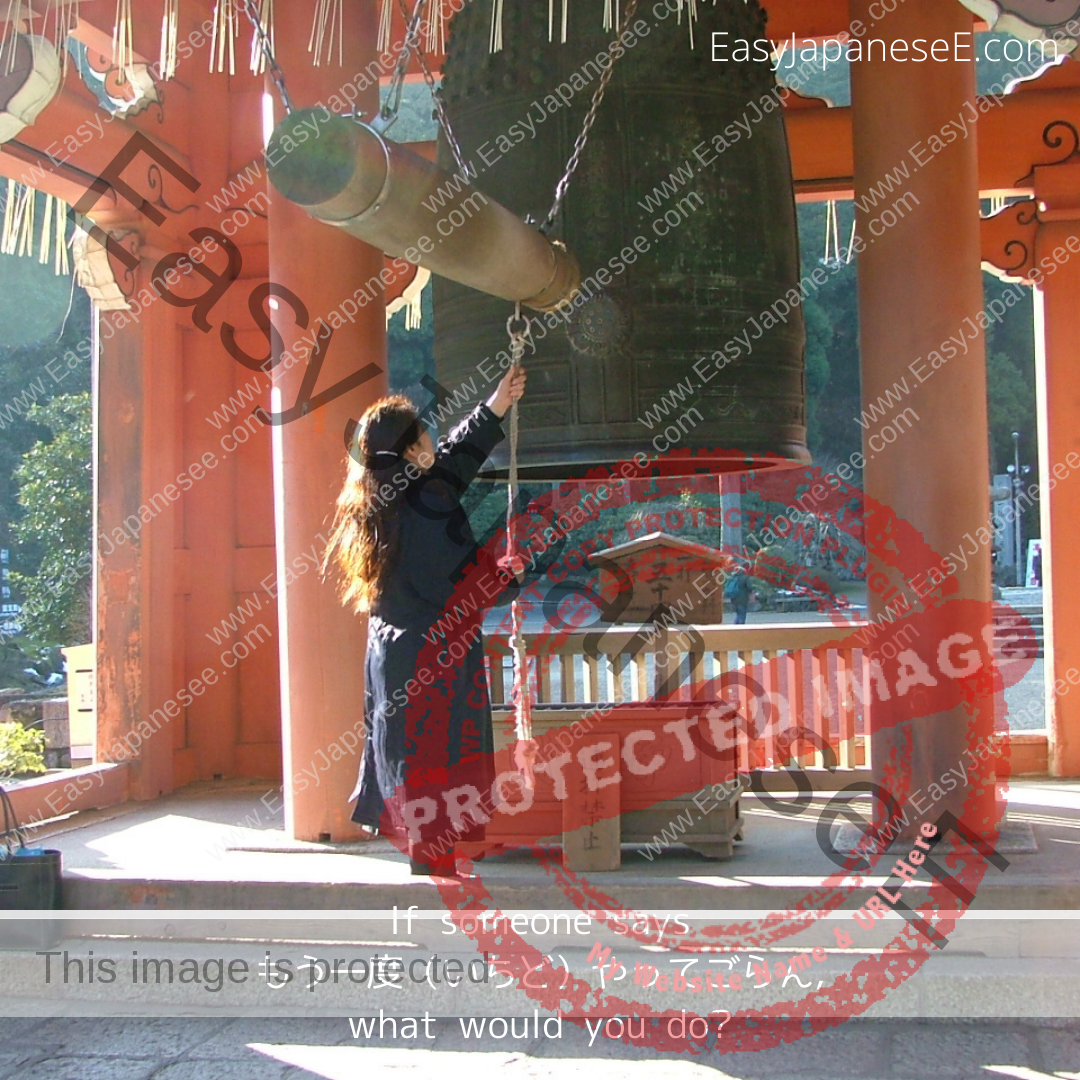
~てごらん or ~てごらんなさい is a gentle way to suggest an action to somebody who is junior to you such as your children, students, etc.
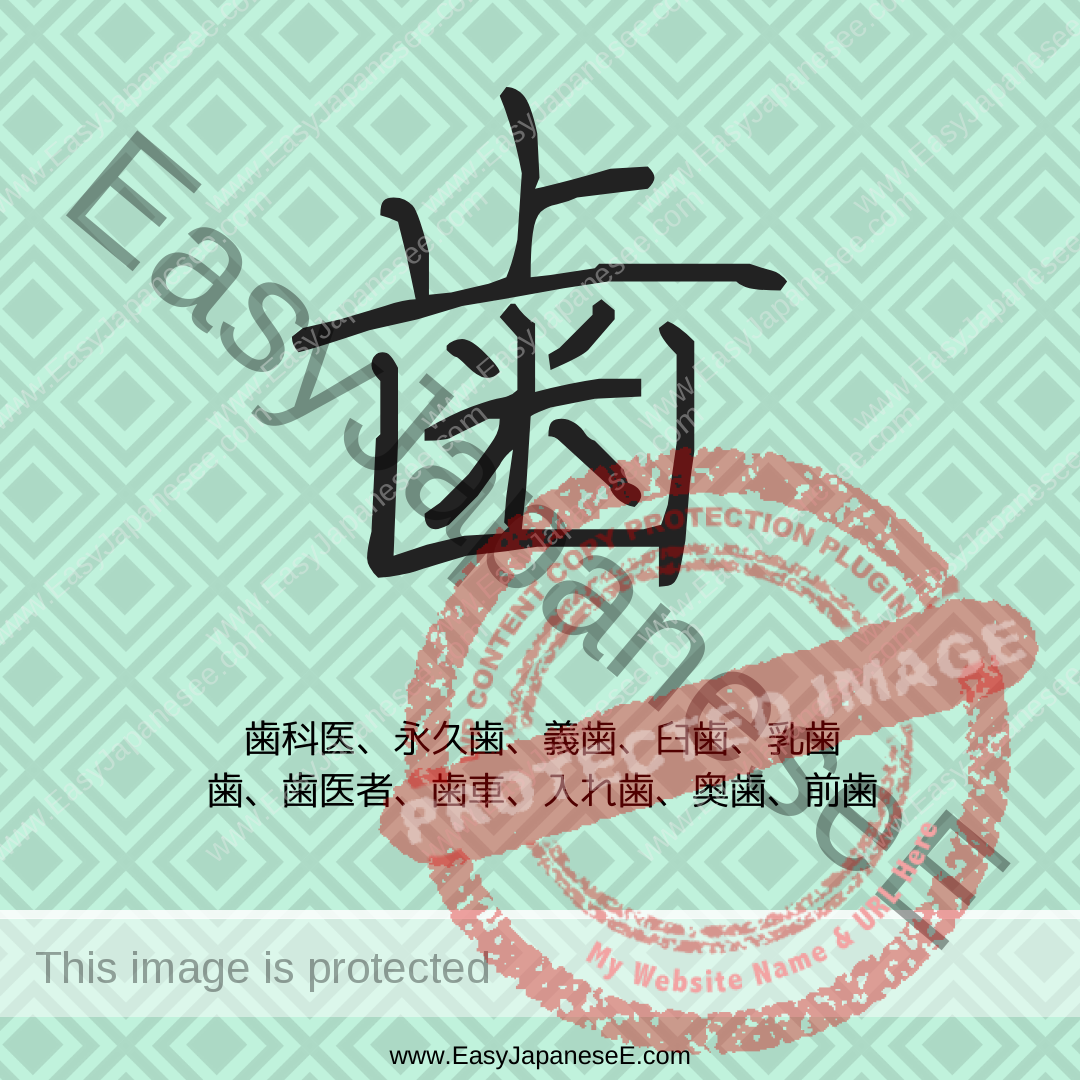
Today’s #kanji is 歯 which makes its own radical of #はへん(歯). Originally 齒. The bottom half is its semantic element and the top half 止 is the phonetic element.
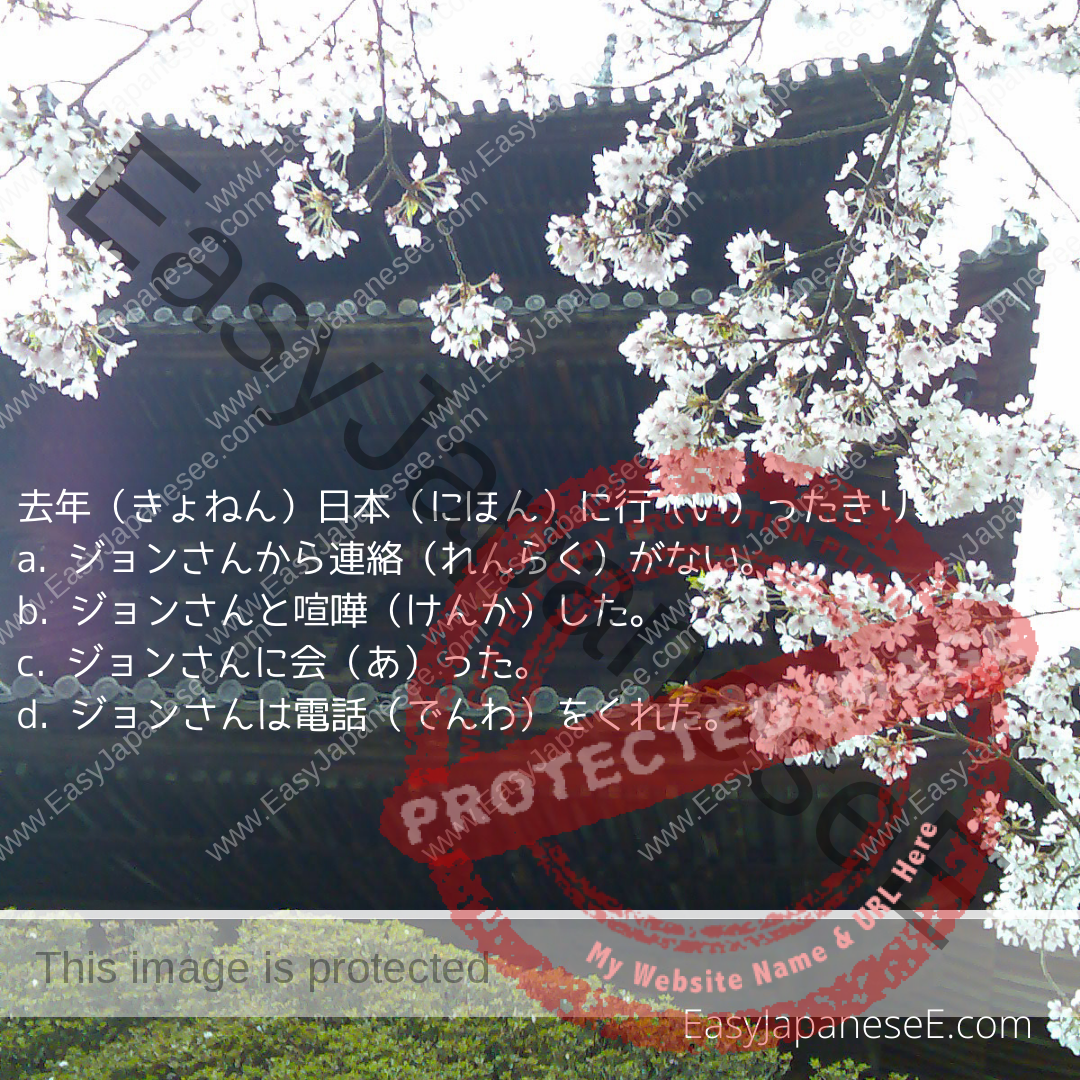
~たきり・・・(ない) means after the action of the たform verb is completed the condition described in the second half of the sentence is continuing.

~たいものだ/~たいものです is a variation of ~たい(です) but it is used for a wish that is difficult to fulfill or something you have longed for for a long time.
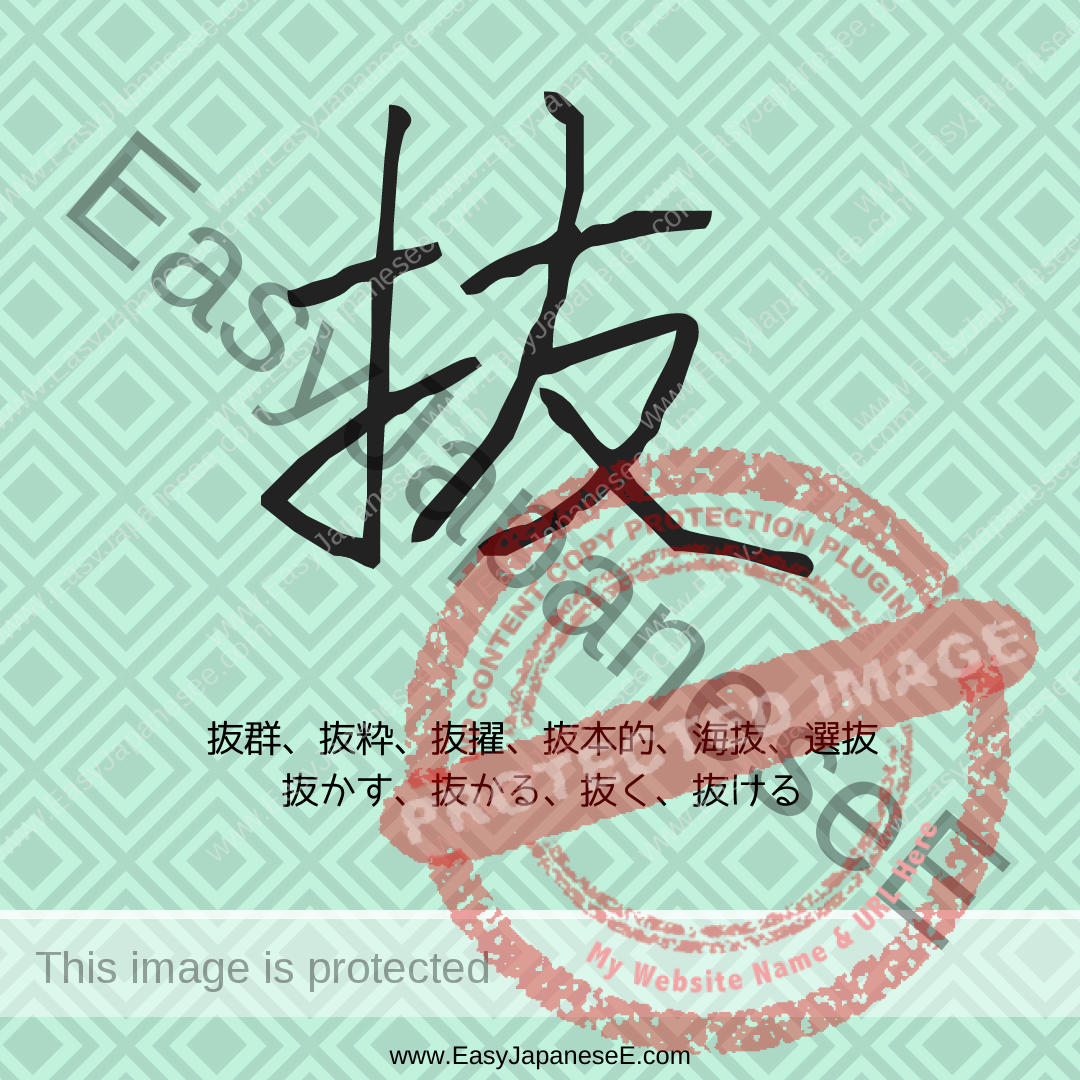
Today’s #kanji is 抜, which looks like 扌 and 友 but 抜’s original form is 拔 and that is made of its semantic element of #てへん(扌) and phonetic element of 犮.
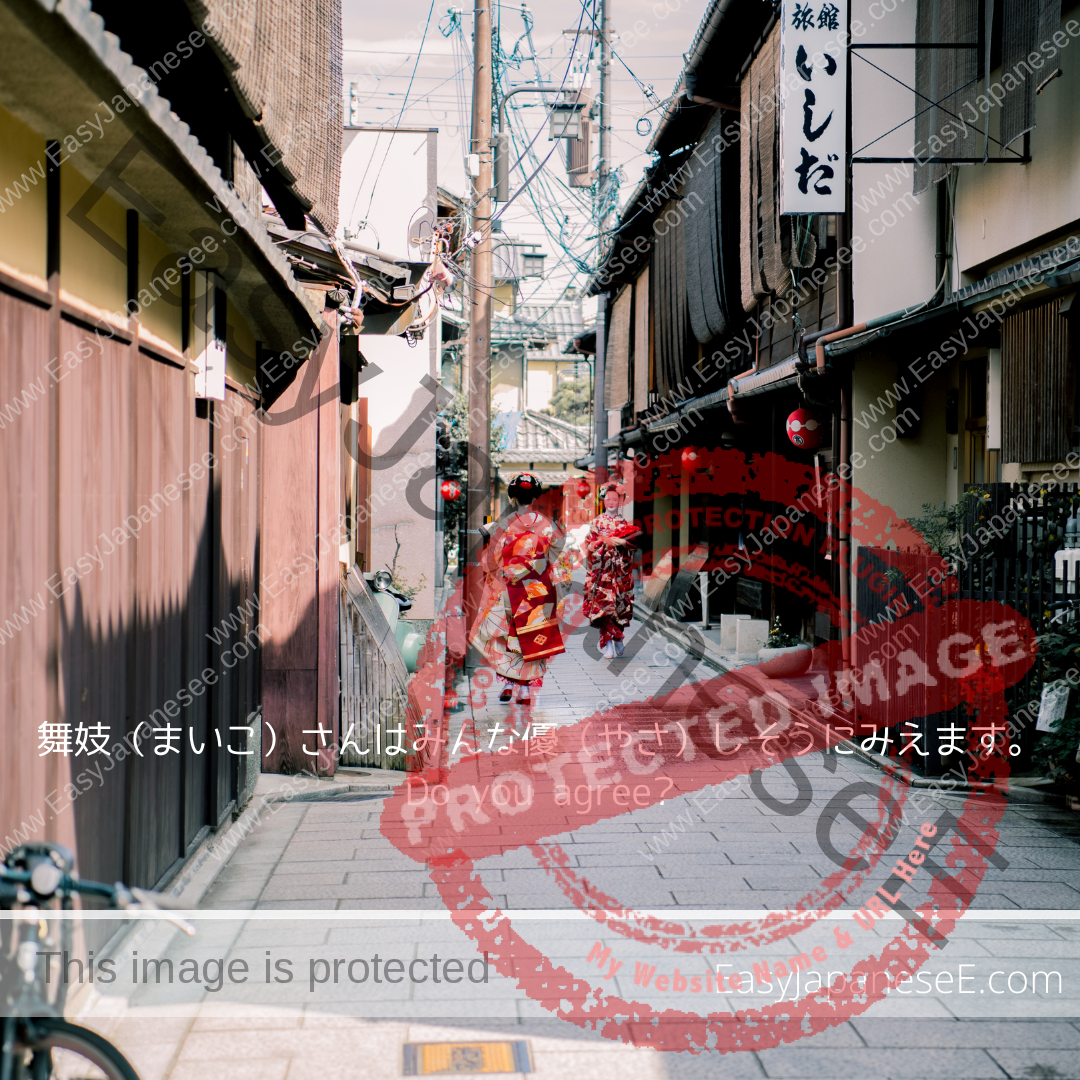
~そうにみえる is used to describe your own opinion based on the appearance of somebody else or an external condition. Check more example sentences here.
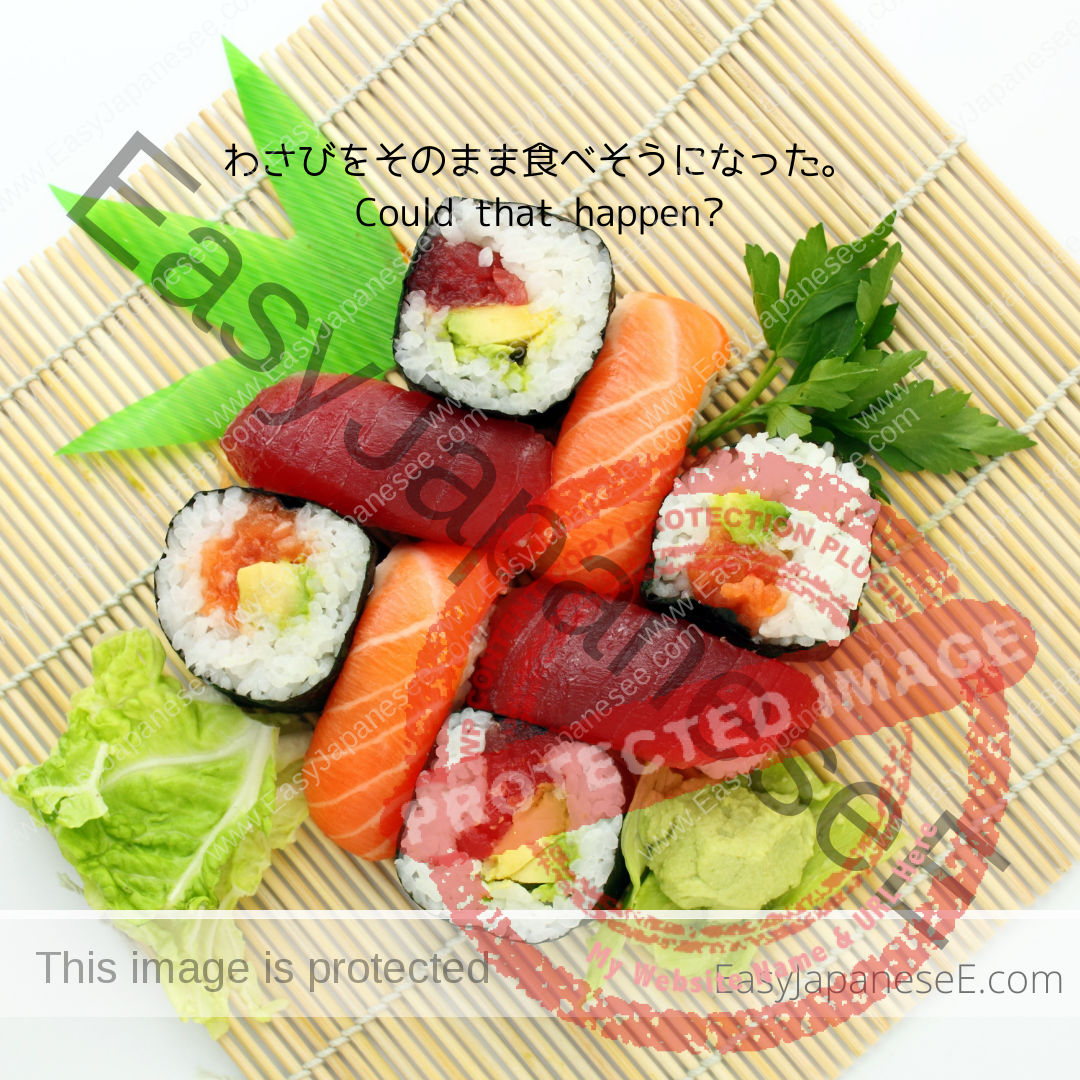
~そうになる is used when something out of a speaker’s control is about to happen. It is often used in the past tense to describe something that almost happened.
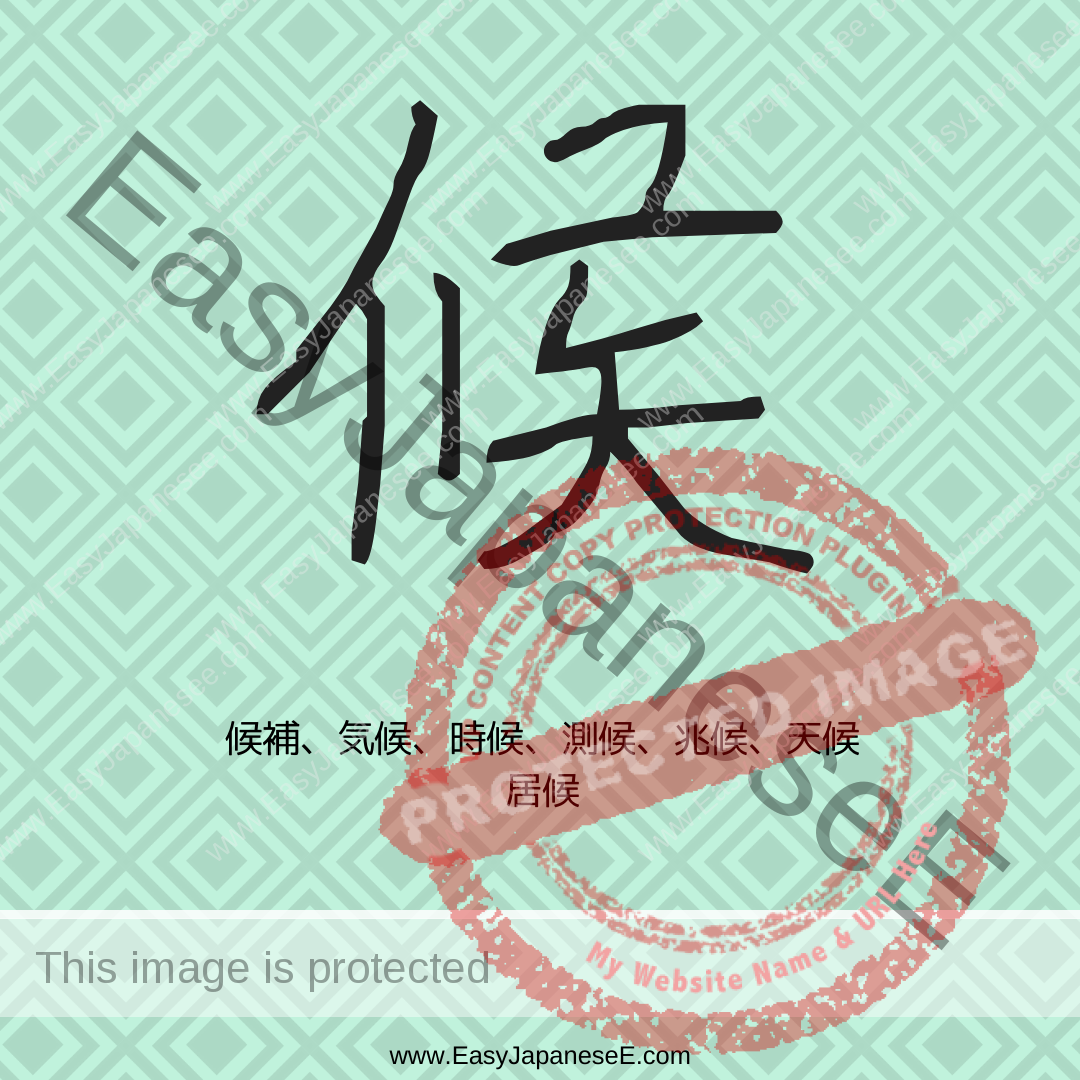
Today’s #kanji is 候 is listed under its semantic element of #にんべん(亻). Its phonetic element is 矦, which I have never seen used in the Japanese language.

~そうにない, ~そうもない and ~そうにもない are used when you describe something that is unlikely to happen. This post explains how to use them and subtle differences among them
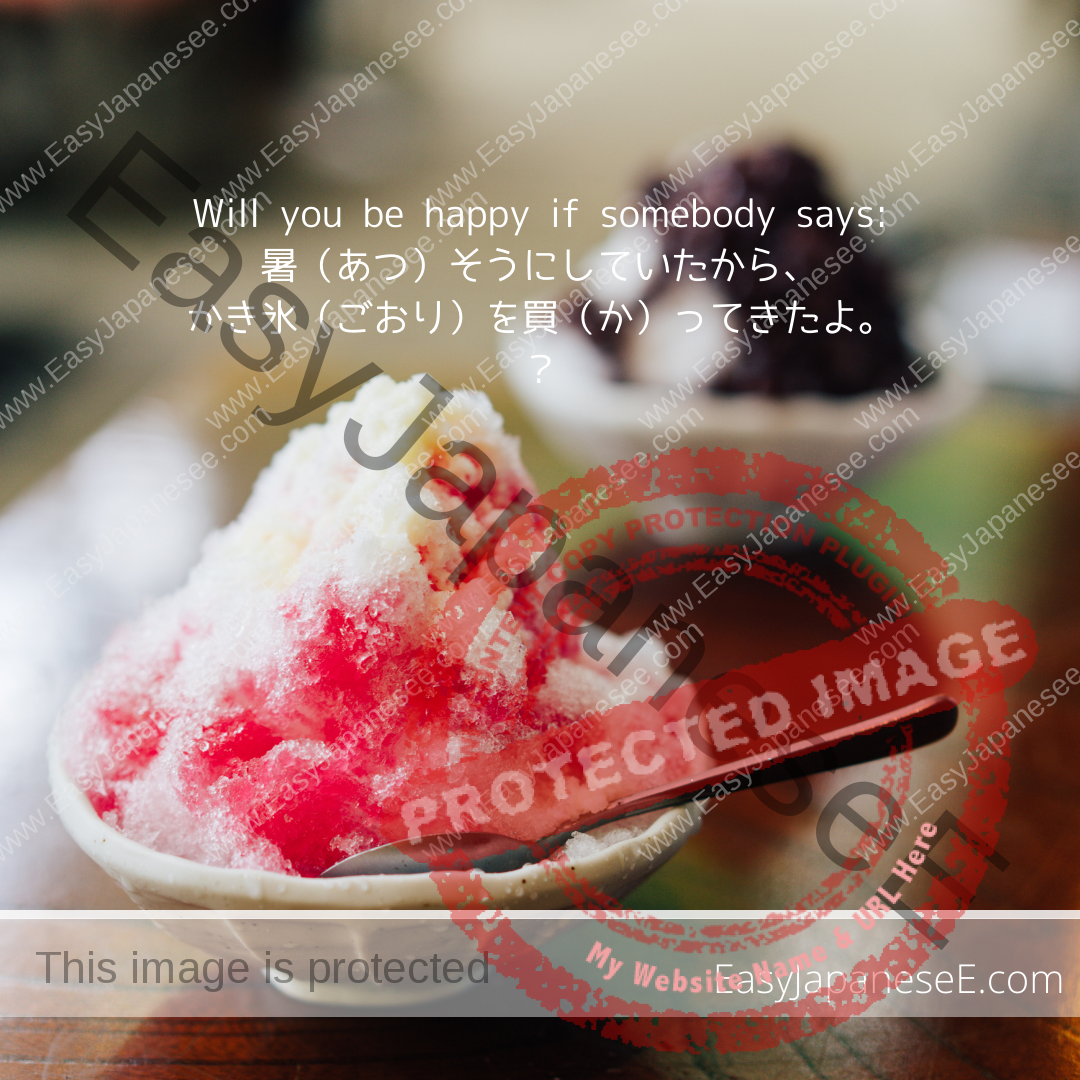
~そうにする/~そうにしている means “to look ~” or “to seem ~”. ~そうにする/~そうにしている follows an adjective stem which describes a person’s feeling or sense.
